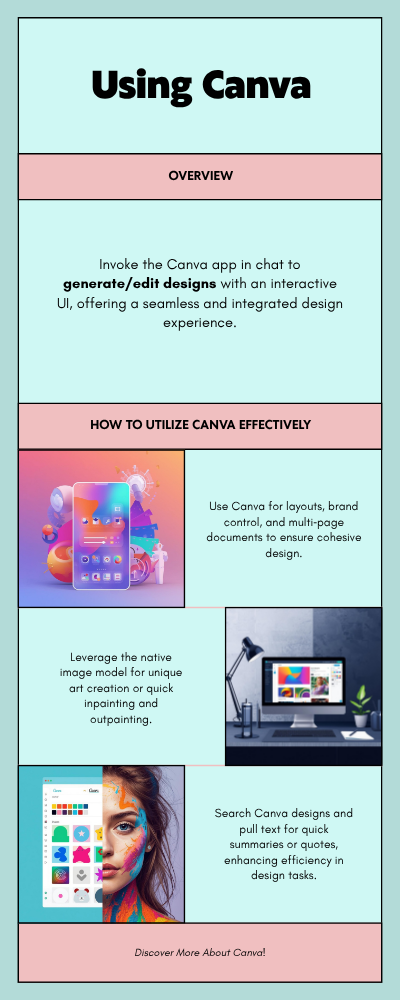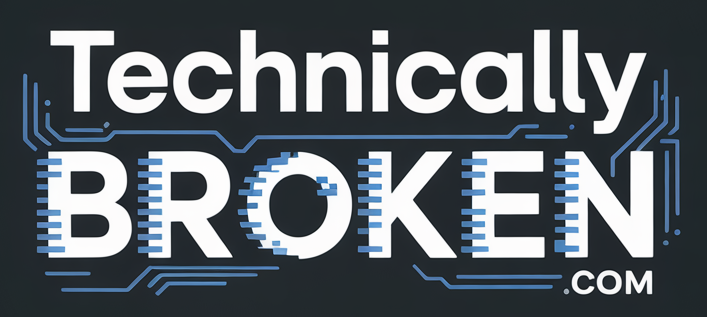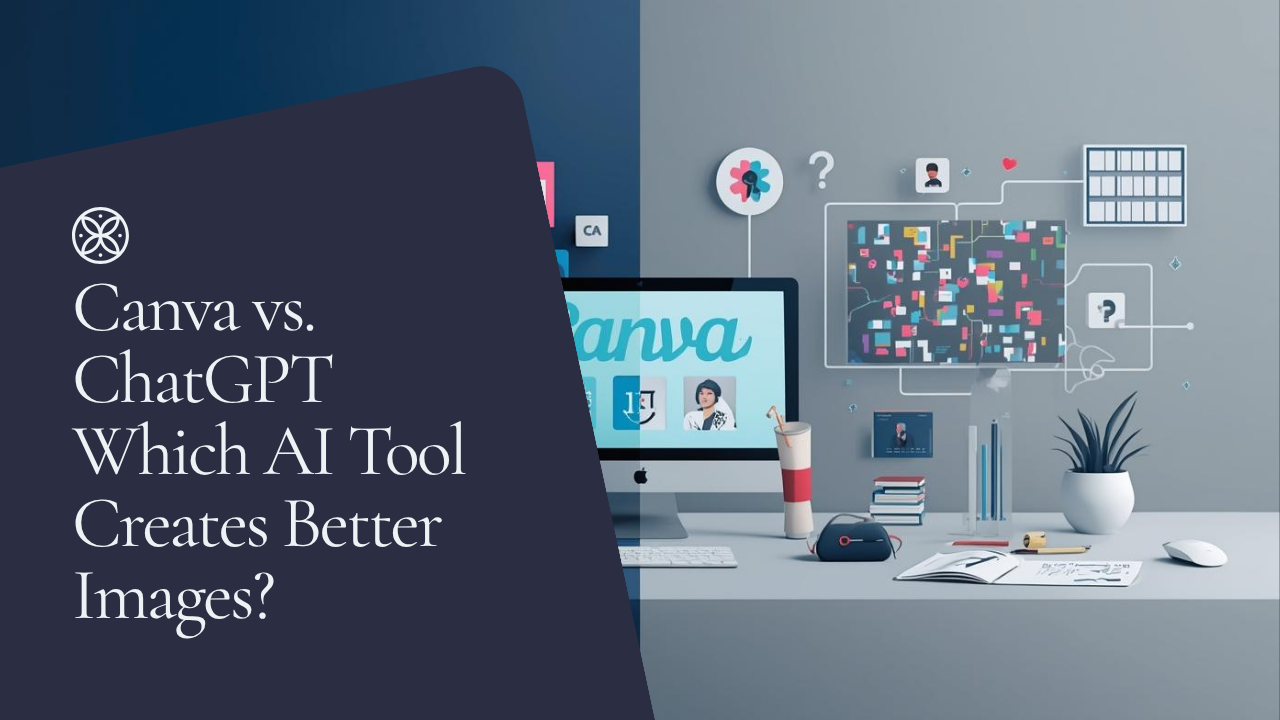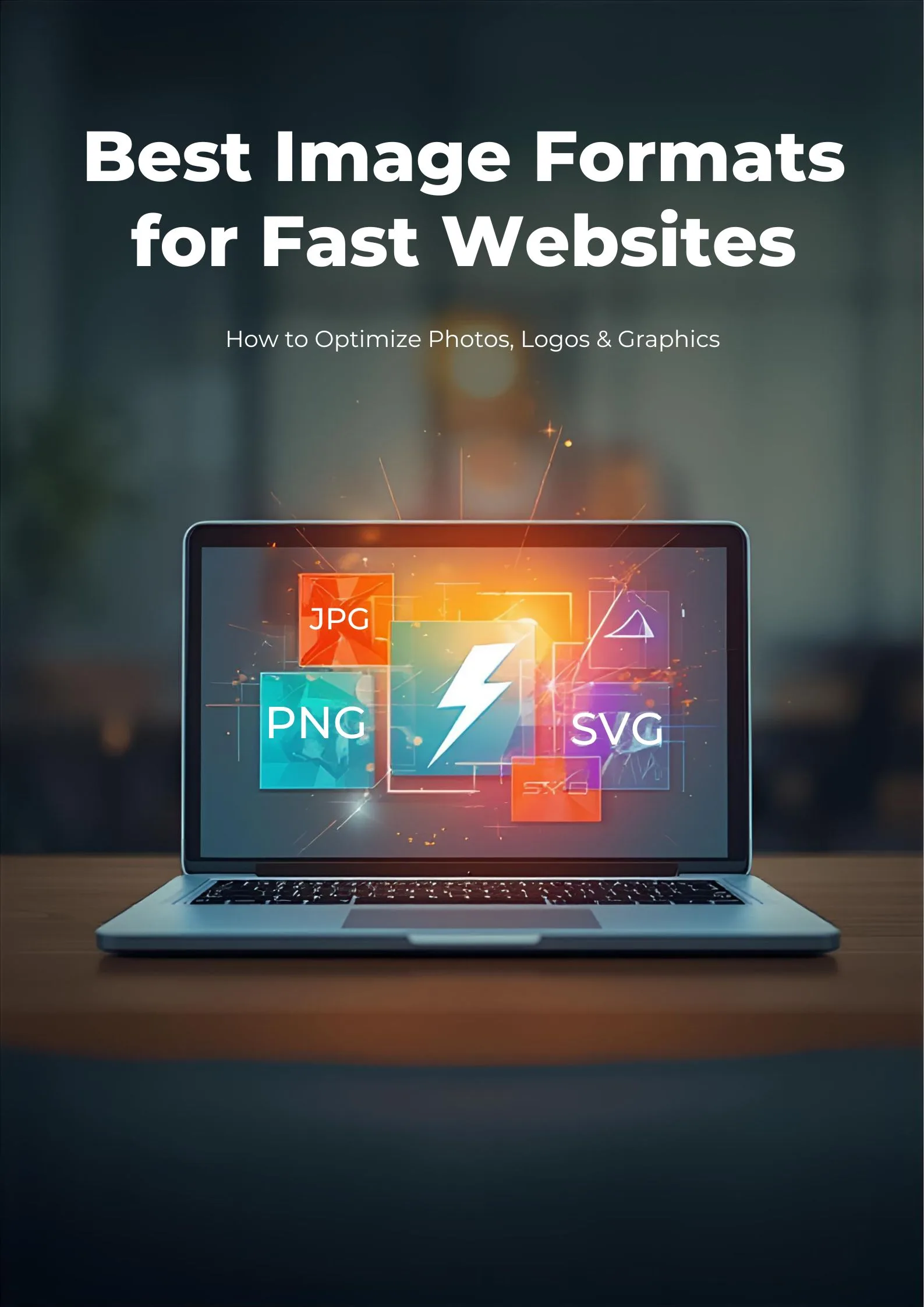Canva is a widely used graphics platform. In 2024, it acquired Leonardo AI, a leader in image and video generation.
With several AI models now integrating with Canva, I explored how to incorporate them into workflows.
After conducting research, utilizing Canva connectors in ChatGPT, and comparing them to native model generation in both ChatGPT and Canva’s own software, I have identified the best ways to integrate Canva into your workflow.
With these findings in mind, let’s clarify when, why, and how to use Canva within your creative process.
Canva is especially strong at generating images with accurately formatted text. Unlike ChatGPT, which can struggle with text format in infographics, Canva’s AI function typically ensures correct spelling and layout.
Leonardo AI, now part of Canva, enhances text-based image creation. However, using the Canva connector in ChatGPT does not utilize this model, resulting in different outcomes.
To achieve the best results: 1) use ChatGPT to draft or summarize your text, 2) copy and paste the finalized text into the Canva app, and 3) use Canva’s AI features to generate your images. This sequence ensures accurate text and high-quality visuals.
When and how to use the Canva connector with ChatGPT
To use the Canva connector in ChatGPT, go to Settings, select Canva under Connectors, and link your account if necessary. Then, prompt ChatGPT with “Canva create” followed by your design request. ChatGPT will generate media using Canva and add it to your conversation.
Other Canva benefits:
Another benefit is that anything generated by Canva is copyright- and royalty-free. Additionally, if you purchase the reasonably priced Pro version, you gain access to a wide range of assets.
The native Canva app often produces more dynamic images than using Canva through ChatGPT, though prompt improvements may help.
Freebie resources to take home with you:
Here’s my research overview, along with an infographic created using ChatGPT and the free Canva connector. While the Canva app typically yields stronger results, the connector still produces impressive images, even without the use of Leonardo AI.
Using Canva inside ChatGPT
- You can access the Canva app within ChatGPT to create or edit designs using its interactive interface, or choose Canva GPT from the Explore GPTs section.
- You can also use Canva GPT from Explore GPTs.
- Note: Canva and ChatGPT Canvas are two separate tools. Canva is a design platform for creating graphics and documents. ChatGPT Canvas, on the other hand, is an editor within ChatGPT that offers a split-screen workspace. Each serves different purposes.
Canva vs the native image model (when to use which)
- Choose Canva for layouts, brand assets, multi-page docs, Magic Resize, and print-ready exports.
- Opt for the native image model to create original art or for quick edit tasks such as inpainting and outpainting.
- Generate a main image using the image model, then enhance it in Canva for layout and branding.
“Canva as a data source” (connector)
- This feature lets ChatGPT search your Canva designs and extract text (such as titles and calls to action) with links back to the original designs.
- It is great for summarizing or quoting from past decks or one-pagers, but it is not suitable for editing or resizing.
- Availability varies by region and is not currently offered in the EEA, Switzerland, or the UK.
Call to Action:
Found this useful? Share it now with fellow tech, AI, or design enthusiasts and help grow our community.
Support technicallybroken.com – share this article or our site and help us create more quality content for you.






